Google Earth Shows Environmental Hotspots
To view the environment hotspots in Google Earth, you first must go to layers and and "Featured Content". Then click on UNEP: Atlas of Our Changing Environment.
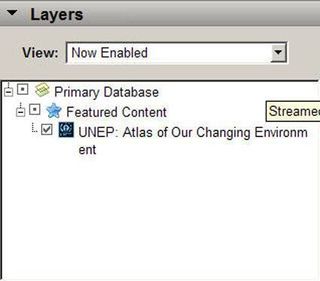
To view the environment hotspots in Google Earth, you first must go to layers and and "Featured Content". Then click on UNEP : Atlas of Our Changing Environment.
Zoom out and you should see the hotspots highlight with a black and blue box. You can click on the box to get more info about the location. You can also overlay old map data to see environmental changes.
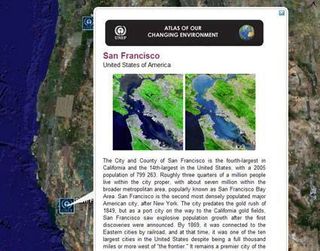
Zoom out and you should see the hotspots highlight with a black and blue box. You can click on the box to get more info about the location. You can also overlay old map data to see environmental changes.
Florida Everglades today
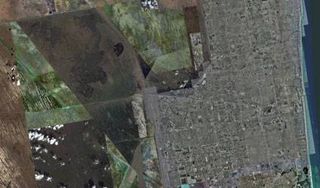
Florida Everglades today
1973 Florida Everglades. Quite a bit more green in this picture!
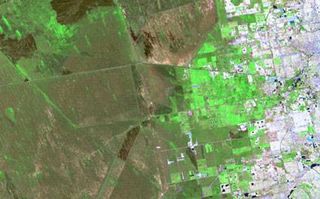
1973 Florida Everglades. Quite a bit more green in this picture !
Three Gorges Dam today
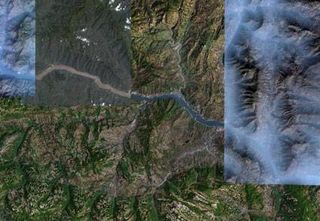
Three Gorges Dam today
1987 picture of the Three Gorges Dam. Just like in the Everglades picture, there is much more vegatation in the historical picture.
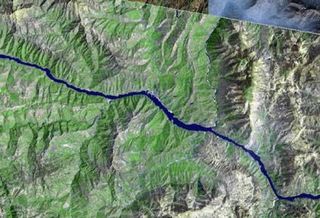
1987 picture of the Three Gorges Dam. Just like in the Everglades picture, there is much more vegatation in the historical picture.
Present day Thon Buri Thailand. The light blue colored waters signify huge shrimp and fish farms.

Present day Thon Buri Thailand. The light blue colored waters signify huge shrimp and fish farms.
Stay on the Cutting Edge
Join the experts who read Tom's Hardware for the inside track on enthusiast PC tech news — and have for over 25 years. We'll send breaking news and in-depth reviews of CPUs, GPUs, AI, maker hardware and more straight to your inbox.
1973 Thon Buri
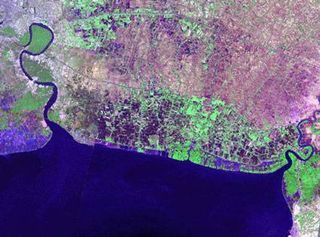
1973 Thon Buri
The highest point in Korea is Mount Paektusan. It's a dormant volcano and borders both China and North Korea. The area shows tremendous deforestation, especially on the North Korean side.

The highest point in Korea is Mount Paektusan. It’s a dormant volcano and borders both China and North Korea. The area shows tremendous deforestation, especially on the North Korean side.
Mount Paektusan in 1977
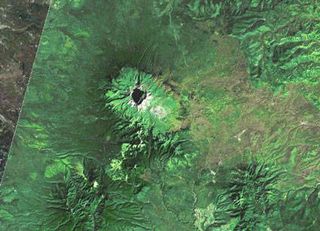
Mount Paektusan in 1977
Japan's Isahaya Bay. Japan reclaimed land by blocking off part of the bay and filling in the marsh with sand. Notice the green farmland.
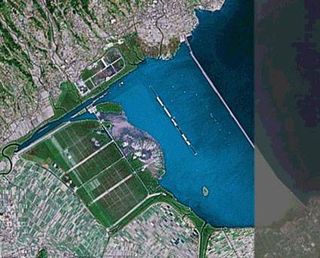
Japan’s Isahaya Bay. Japan reclaimed land by blocking off part of the bay and filling in the marsh with sand. Notice the green farmland.

Tuxedo's Sirius 16 Gen2 is an All-AMD Linux gaming laptop with a 165 Hz IPS panel — starts at 1699 Euros

Ray Tracer ported to an x86 boot sector in only 483 bytes, run on Pentium Pro and faster CPUs

Spectra Cube heralds new 75,000 TB storage library — tape solution for cloud providers is optimized for ease of use and versatility
Most Popular




